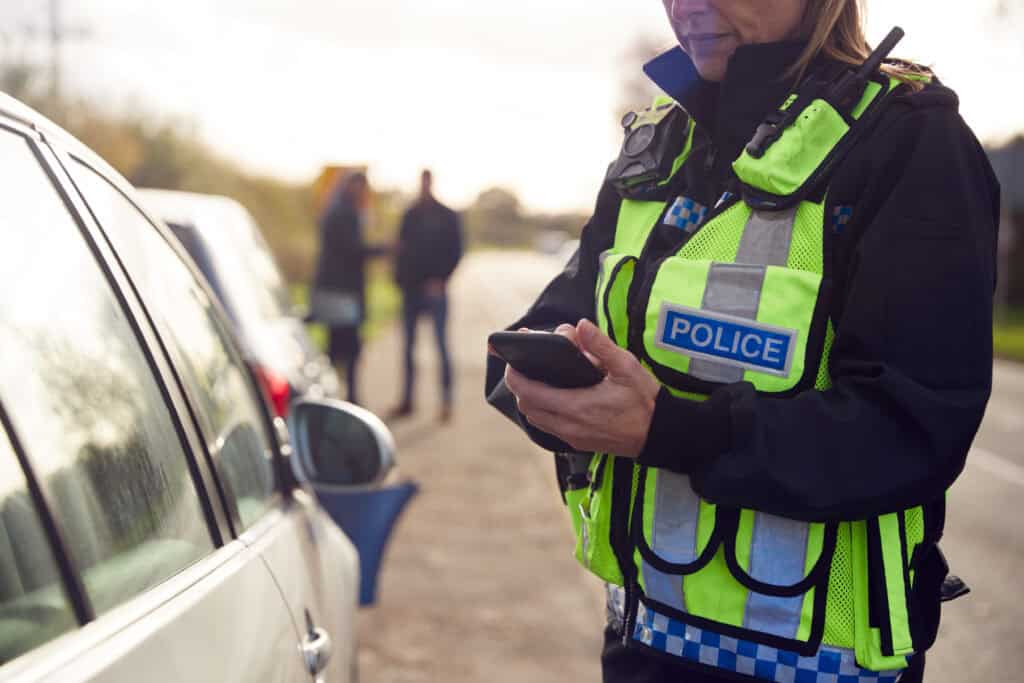
UK Drink Driving Deaths Hit 15-year High
The latest figures have revealed that the number of people killed in collisions involving drink driving offences have hit the highest level for 15 years.
Estimates put the figure at 300 in 2022 (the latest year that data is currently available for) but the Department for Transport (DfT) estimates that the figure is as many as 320.
In total, this represents 18% of all road collision-related deaths in the year and it’s also an increase of 16% on the previous year.
It’s worth noting that 2021 was a year in which road usage decreased due to the pandemic (as well as 2020) and many people working from home, but the figures over a longer period are concerning.
Drink Driving – What’s The Full Picture?
The full report from the DfT looks into several different aspects of drink driving offences on the road.
One figure that bodes slightly more positively is that the total number of injuries and deaths was the third lowest figure since 1979.
That is of course with the caveat that the deaths figure was higher than any since 2009, meaning that a higher percentage of road collisions involving at least one driver who was over the drink-drive limit were fatal.
As a look at changing driver habits, much of which is due to changes in the law and greater education on the dangers of drink driving, it’s worth noting that in 1979, 26% of road deaths occurred in collisions where at least one driver was over the legal drink-drive limit.
That figure fell to 15% by 1989 and has remained largely the same since.
The issue is that this is the second year of data reporting that shows an increase in the number of road collisions involving drink driving that are fatal.
Should Drink Driving Laws Change?
One topic of debate for the government is whether changes need to be made to drink driving laws moving forward.
Interestingly, Scotland has adopted a lower allowable blood alcohol percentage, at 22 mcg of alcohol per 100ml of breath.
Whereas in England, Wales and Northern Ireland, the figure is 25 mcg per 100ml of breath, meaning that the allowable limit in Scotland is one-third lower than the rest of the UK.
It’s a key component of considerations around improving road safety around the country and something that driving safety campaigners are keen to ensure is on the agenda for the government.
June and July were the worst months for drink-related casualties on the road, with 630 casualties in each month, likely exacerbated by warmer weather and summer sports and people drinking at pubs, bars, and at BBQs.
Interestingly, only 37% of motorists involved in a collision were breathalysed, a figure which has decreased from 2012, where 53% were breathalysed.
Do you think changes need to be made to drink driving laws? And how big of an impact do you think the impact drink driving has on road safety? Let us know in the comments below.

